
Ingredient
Broad beans (with pods)
The Verdant Gems: Exploring the World of Broad Beans
Broad beans are characterized by their elongated, slightly curved pods that encase plump, kidney-shaped beans. The pods have a slightly fuzzy texture, while the beans themselves are smooth and creamy. These legumes offer a unique earthy flavor and a slightly firm texture, making them a versatile ingredient in various cuisines.
Origins and history
Broad beans have a rich history dating back thousands of years, with evidence of their cultivation in ancient civilizations such as Egypt and Greece. They have been a staple in Mediterranean and Middle Eastern cuisines for centuries, featuring prominently in dishes like ful medames and falafel. Broad beans are also celebrated in Chinese and African cuisines, showcasing their global culinary significance.
Nutritional information
Broad beans are a nutritional powerhouse, packed with protein, fiber, vitamins, and minerals. They are particularly rich in folate, iron, and potassium, making them a valuable addition to a balanced diet. Additionally, broad beans are low in fat and calories, making them a healthy choice for those watching their weight or following a plant-based diet.
Allergens
Broad beans may cause allergic reactions in individuals with legume allergies. It is important to exercise caution and consult a healthcare professional if you suspect an allergy or experience any adverse symptoms after consuming broad beans.
How to select
When selecting broad beans, look for pods that are bright green, plump, and free from blemishes or discoloration. The pods should feel slightly firm and snap easily when bent. Avoid pods that are overly mature or have a yellowish hue, as they may contain tough and bitter beans. Additionally, choose beans that are smooth, firm, and free from wrinkles or mold.
Storage recommendations
To maintain the freshness of broad beans, remove them from the pods just before use. Store the beans in a perforated plastic bag or airtight container in the refrigerator for up to five days. The pods can be stored separately in a plastic bag for up to three days. Avoid washing the beans until ready to use, as excess moisture can promote spoilage.
How to produce
Broad beans can be grown in home gardens or small-scale farms with proper care and attention. They thrive in temperate climates and require well-drained soil and ample sunlight. Sow the seeds in early spring and provide support for the plants as they grow. Harvest the pods when they are still young and tender for the best flavor and texture.
Preparation tips
Broad beans can be prepared in various ways, including blanching, steaming, sautéing, or roasting. They can be enjoyed as a standalone vegetable side dish, added to salads, soups, stews, or stir-fries, or pureed into dips and spreads. The beans can also be dried and used in soups or ground into flour for baking. The tender pods can be lightly cooked and eaten whole or used as a vessel for stuffing.
Substitutions
Lima beans or edamame can be used as substitutes for broad beans. Lima beans offer a similar creamy texture, while edamame provides a slightly sweeter flavor. However, the unique earthy taste of broad beans may be difficult to replicate fully.
Culinary uses
Broad beans are widely used in Mediterranean, Middle Eastern, Chinese, and African cuisines. They are commonly featured in dishes such as ful medames, falafel, stir-fries, salads, and soups. Broad beans are also a popular ingredient in dips like hummus and can be pickled for a tangy twist.
Availability
Broad beans are cultivated and consumed in various regions around the world, including the Mediterranean, Middle East, China, Africa, Europe, and the Americas. They are readily available in local markets, grocery stores, and specialty food stores in these regions.
More ingredients from this category » Browse all
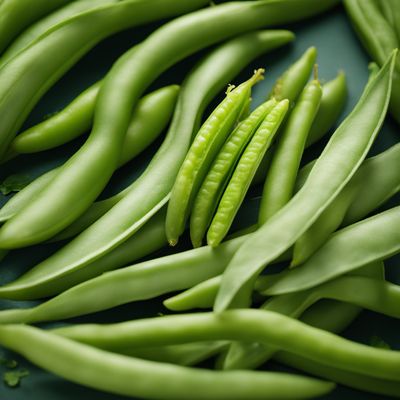
Slicing bean (young pods)
The Versatile Delight: Exploring the World of Slicing Beans

Soyabeans (with pods)
The Mighty Legume: Exploring Soyabeans (with Pods)
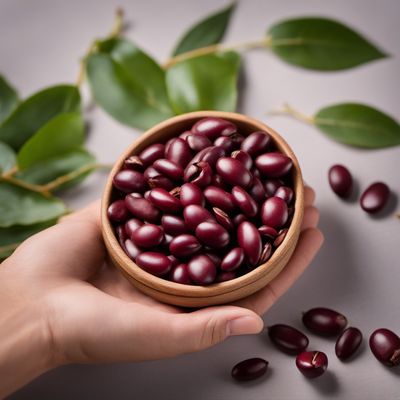
Azuki beans (with pods)
The Versatile Azuki: A Nutrient-Packed Legume with a Crunch

Rice beans (with pods)
The Versatile Delight: Exploring Rice Beans with Pods

Vetches (with pods)
The Versatile Vetches: Pods Packed with Potential

Ervils (with pods)
The Versatile Legume: Ervils
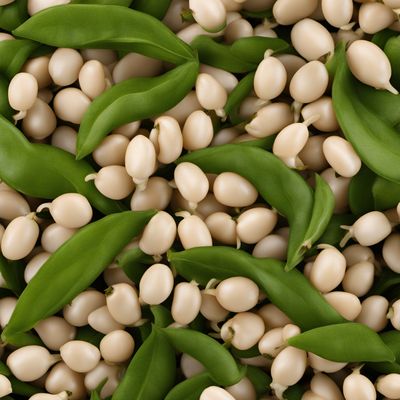
Black eyed peas (with pods)
The Versatile Delight: Exploring the World of Black Eyed Peas with Pods
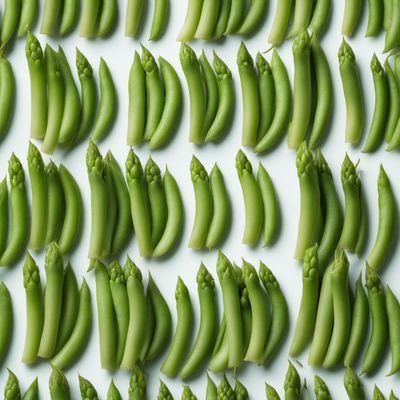
Goa bean (young pods)
The Green Delight: Exploring the Versatility of Goa Bean Pods
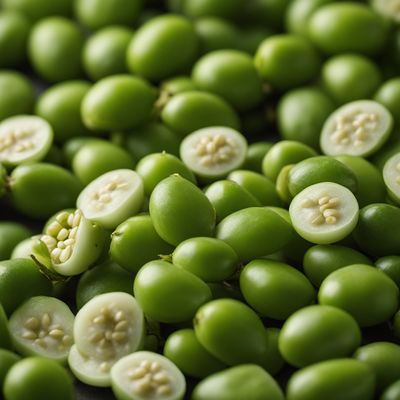
Mung beans (with pods)
The Versatile Green Gem
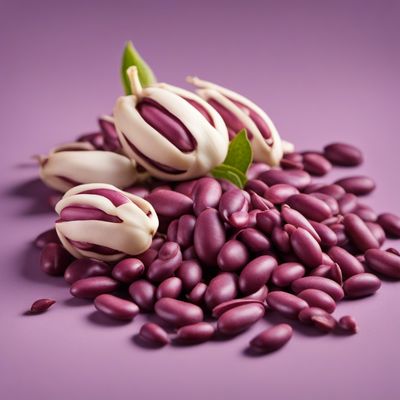
Lablab beans (with pods)
The Versatile and Nutritious Lablab Beans: A Pod of Health and Flavor

Black gram (young pods)
The Green Delicacy: Black Gram Young Pods
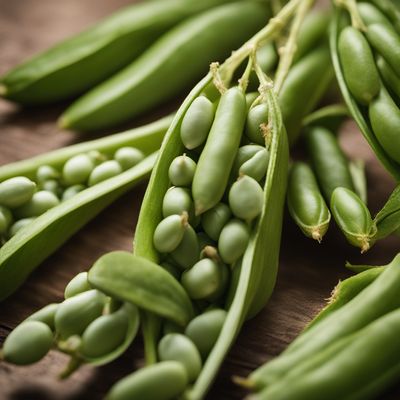
Guar beans (with pods)
The Versatile Guar Bean: A Nutrient-Rich Pod of Possibilities
